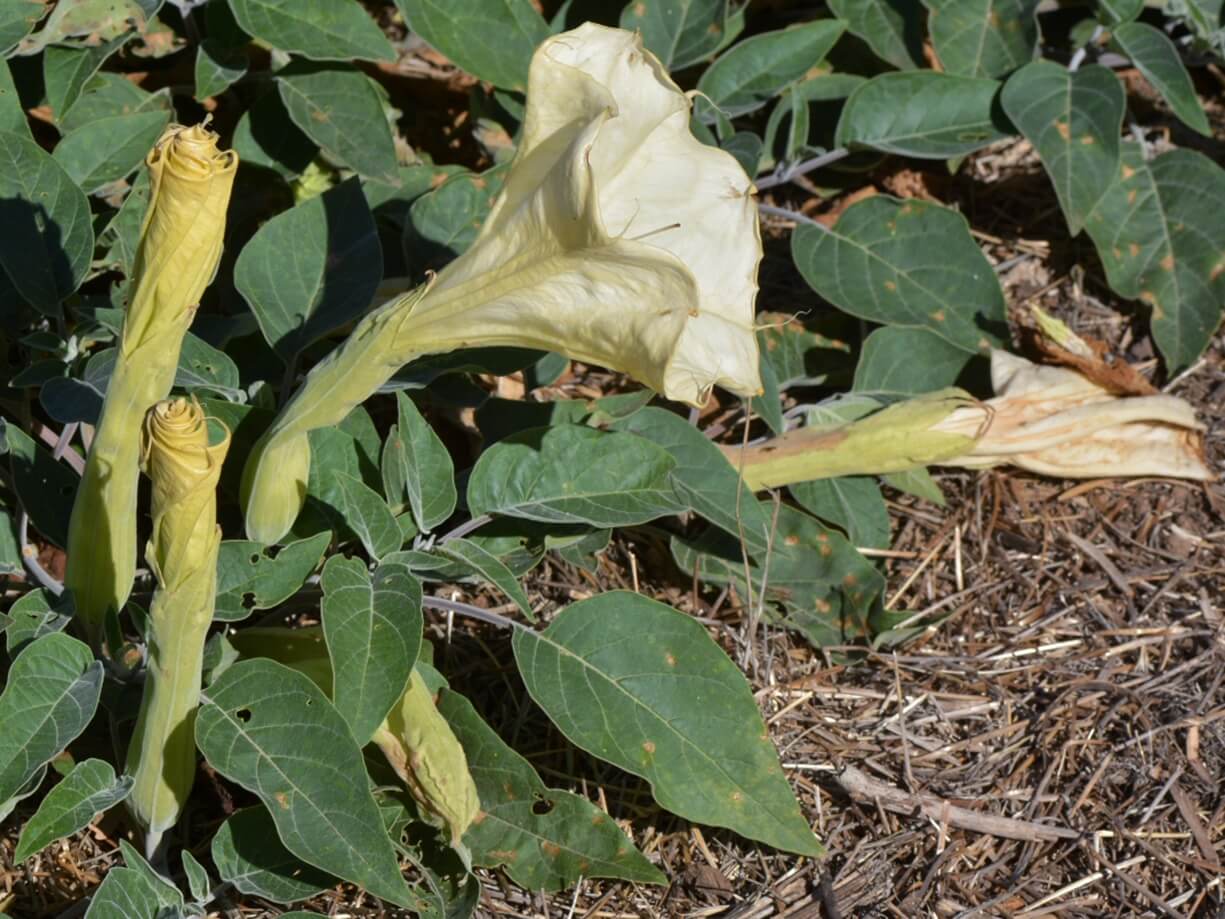Now that fall is soon upon us, and hopefully the rainy season as well, the time is perfect to plant California natives. Many gardeners have issues and great frustration with the deer interfering with their planting plans. I happen to love and respect these animals, and from personal experience know that it is possible to create a beautiful native garden despite the presence of deer. You can have it all; a wonderful habitat rich in natural resources, complete with the native wildlife; your own zoological parkland !
I’ve summarized some simple steps for success below; if you care to know a lot more about the Columbian Black-tailed deer that live throughout the Bay Area, read my “Gardening in Deer Country’ essays in Home Ground’s resources pages.
GETTING FAMILIAR WITH YOUR GARDEN ZONE
1 –Familiarize yourself with native plants that grow wild in areas close to your home by participating in naturalist’s led hikes.
2 – Go to https://calscape.org/, where visitors can enter their street address to get a list of native plants that are most appropriate for your locale.
3 – Look around your neighborhood to see which native plants are growing well in other gardens exposed to ‘your’ deer.
Gardens that mimic nature (dry in summer) are not as enticing to the deer, and adding new plants to your garden only during the rainy season when there’s plenty of other greens for the deer to browse, allows your new plants to establish in the best of conditions, and without a lot of interference.
Deer are browsers, not Grazers; They are ruminants with 4 stomachs, special enzymes in their salvia, and mutualistic bacteria in their digestive systems that allow them to fulfill many of their nutrional needs by eating plants and mast high in tannic acids, such as the native oaks and acorns.
Deer live in small family groups, usually comprised of does with their female offspring, and live their lives within sometimes small natal territories. There are indeed ‘neighborhood deer’ and sometimes these deer have developed specialized tastes in the browse they prefer!
DEER FOOD
Oak trees are a major food source for the deer; providing up to 40% of all their needs from leaves and twigs in summer; and in the early fall, when the acorns start to drop, about 50% their food intake.
When deer look like they are grazing in a meadow, they are actually eating broad-leaved plants that grow in amongst grasses, and sometimes also the tip growth of new grasses. Their diet consists of shoots and young leaves, soft twigs, flowers, fruits and seed capsules, fungus, lichens and mistletoes.
Ceanothus is a very important browse plant for the deer; the new spring growth is about 14% protein, and also abundant in calcium; providing exactly the nutrients necessary to grow new antlers each year.
SEASONAL BROWSING
Ceanothus species – easiest to establish in deer country are the species with very small or leathery leaves, and those with spiny edges. Plants that grow low to the ground are also often of less interest to the deer. Silk Tassel Bush, Cream Bush, Sticky Monkeyflower, and California Bee Plant are only of seasonal interest to the deer. The new leafy growth CA poppies, Elegant Madia, and Soap Lilies are browsed for a short period of time without permanent damage to the plant.
COMPLETELY DEER PROOF
Aromatic plants – most native Salvias, esp Hummingbird Sage, which can help protect more vulnerable plants – and most Mint family plants –
Poisonous plants – Milkweeds, Buttercups, California Pipevine, native Solanums, Sacred Datura, Spice Bush
Aloes, Agaves and Yuccas, and Bear Grass
NO PROTECTION NEEDED
Bunch grasses; Calamagrostis, Festuca, Muhlenbergia, Melica,
Nassella (Stipa) spp.; Sedges; Carex spp.; Rushes; Juncus spp.
Shrubs; Coyote Brush, Barberries, California Sage ( Artemesia ), Pitcher Sages (Lepechinia spp.), Coyote Mint, Skunk Bush, Desert Willow, California Honeysuckle, California Rose, Bladderpod
Perennials; Gum Plant, Skulllcaps, native Thistles, Blue-eyed Grass, Yellow-eyed Grass, Yerba Buena, Lilac Verbena, Matilija Poppy, Goldenrod, many of the CA. Fuchsias
Wildflowers – Globe Gilia, Blue Flax, Tarweeds, Milkmaids, some Clarkias, and most Phacelias
These are deer-proof in most gardens – Douglas Iris and the Pacific Coast hybrids, Ground Iris, Goldenrod, Yarrow, Seaside Daisy, and Coast Aster
PROTECT TO ESTABLISH – these plants can withstand browsing once the plant is established and has enough mass
Shrubs – California Bush Anenome, Lemonade Berry, Sugar Bush, Coffeeberry, Cream Bush, Currants, Gooseberries, Mt. Mahogany
Shrubby Buckwheat, St. Catherine’s Lace, Small-leaved Buckwheat, Silk Tassel Bush, Redbud, Quail Bush, Toyon, Elderberry, Snowberry,
Manzanitas
Perennials – Penstemons, Ca Fuchsia
All trees – also protect the trunks from damage during the rut – Holly-leaf and Catalina Cherry, Pines, California Bay, Redwoods
WAYS TO PROTECT YOUR PLANTS
1 – cage your plants when you first plant them out; most shrubs need a wire cage about 4 ft high
2 – 4 “ plants should be covered with a lower cage that also has a top to it
3 – use an egg meal spray on the plants to deter nibbling; this has to be renewed each time water washes it off
4 – use human hair clippings around new plants
5 – sprinkle bloodmeal around new plants
6 – create invisible ‘hazards’ by stringing heavy-duty fishline within your planted borders
7 – mature shrubs, growing close together and mingling one into the other, especially on a slope, create their own deer barriers; really aromatic plants can be planted to protect other more desirable species

